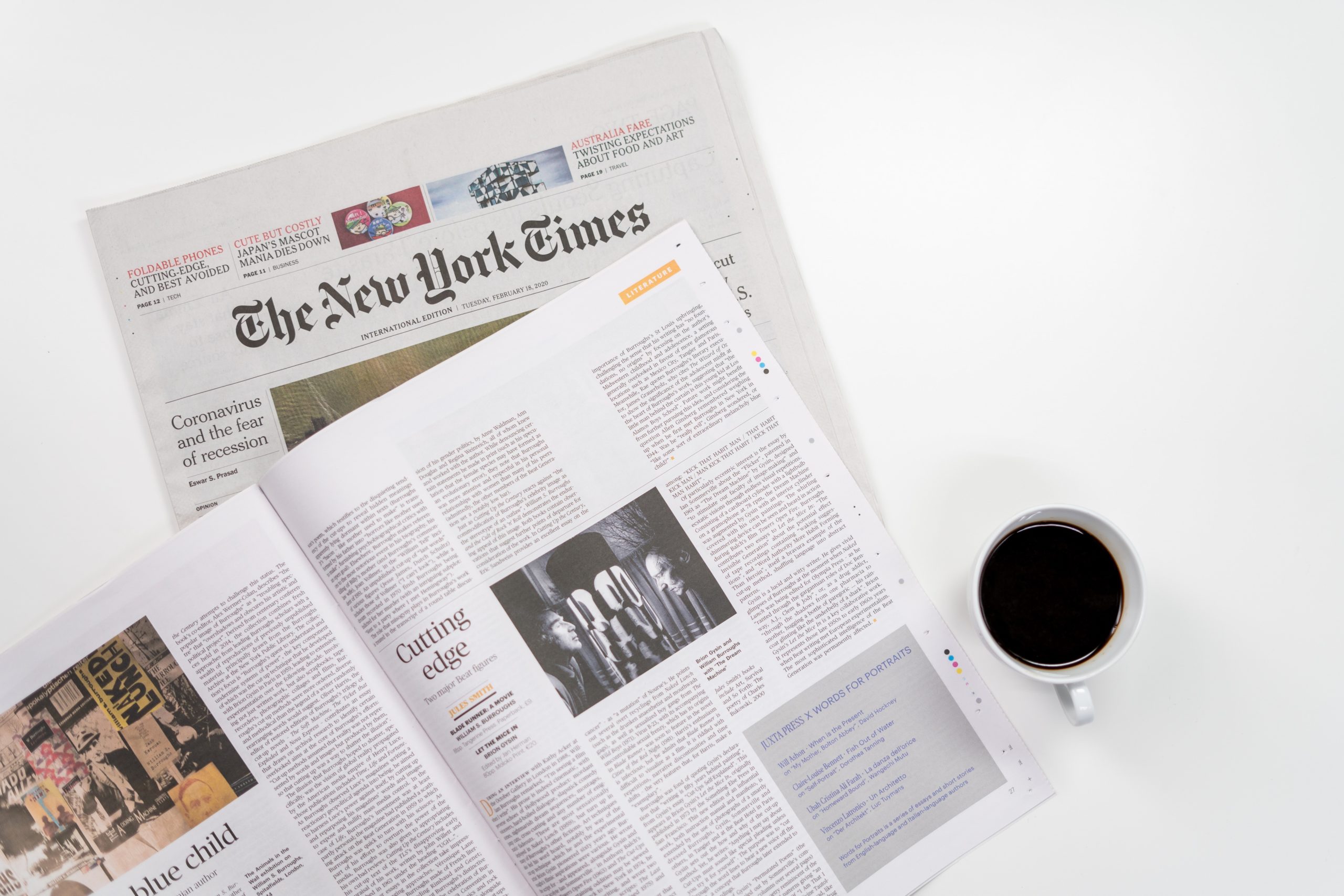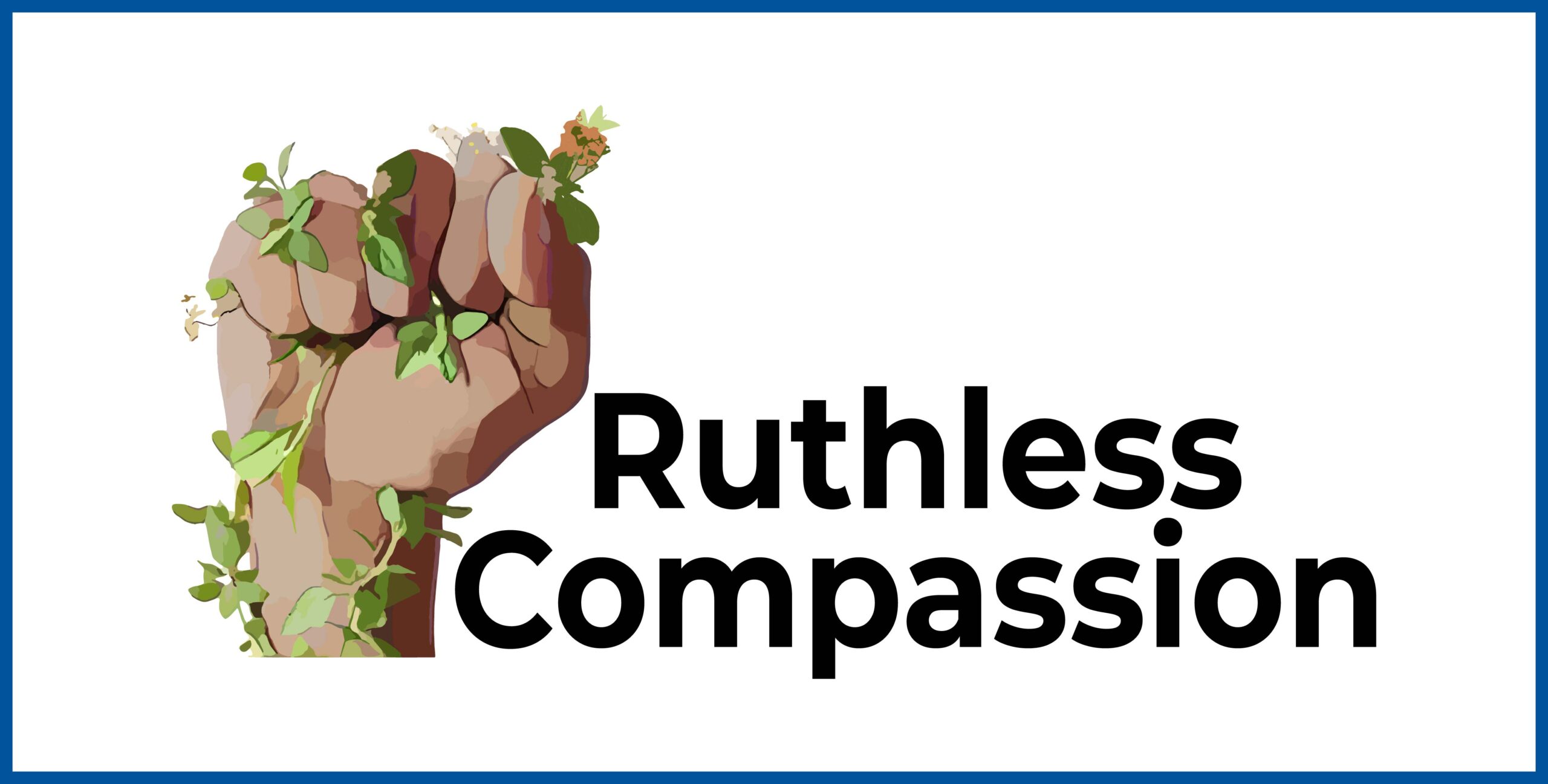Negativity Bias and the Meta Experience:
I just had an uncanny experience: a recent radio interview went all Meta on me. I was speaking to the host, Devon Peacock, about negativity bias – our tendency to focus on the negative over the positive – and suddenly, for the life of me, I couldn’t remember a word.
The word was Cortisol – the stress hormone that’s released when we focus on the negative. I fumbled a bit trying to pull the word out of my memory banks and then, coming up with nothing, I moved on. A few seconds later it came to me and I was able to bring the word into the conversation.
This was a five-minute live interview and when it was over, I had two choices: to criticize myself for having made a mistake – thereby demonstrating my own negativity bias – or to shrug my shoulders, tell myself that I’m only human, and focus on the valuable content that I’d delivered in the interview.
Fortunately, I was able to resist the temptation to beat myself up for fumbling live on air, but I could see how easy it would be for someone to tear a strip off themselves in this type of situation. We’re all prone to going to that place of negativity. It’s part of our human survival instincts.
Negativity bias is an early survival mechanism:
If you think about prehistoric times, the early humans who had the greatest survival advantage were those who saw a big grey object out of the corner of their eye and thought, “wooly mammoth,” as opposed to, “pile of rocks.” This tendency to skew toward the negative has in many ways kept us alive, but it can go too far.
Negativity bias is a protective mechanism meant to keep us safe from harm but for some of us, it can take over our entire world view. We can see everything as dangerous or threatening, even when it’s benign or beneficial. Well-being comes from a state of balance where we weigh the ups and the downs of each situation. And we always need to have an open mind and see what’s really in front of us, as opposed to imagining the worst.
Trauma causes negativity bias:
The people who carry the greatest negativity bias are those whose past lives are filled with loss, trauma and hurts. These individuals project their negative experiences from the past onto their present-day lives and see the world as a dangerous place; other people as untrustworthy and rejecting, and themselves as incompetent, undeserving and unlovable.
Their rationale is that if they see the danger coming, they can better prepare themselves for it. The problem is that they start to see everything as dangerous and are constantly in what’s known as “fight or flight” mode.
Physiologically, this state of heightened arousal causes a release of Cortisol into our bloodstream with a resultant weakening of the body’s systems and a greater susceptibility to becoming ill. Psychologically, instead of helping us to be more prepared, negativity bias creates a worst-case scenario in our minds that tends to magnify our stress.
In the case of the current pandemic, our bias toward negativity can turn a difficult situation into a devastating one with serious implications for our mental health and well-being.
Rather than protecting us, negative bias can create a self-fulfilling prophesy whereby we create exactly what we expect. If we expect to become depressed, we’re more likely to withdraw and shut down emotionally, which could lead to our becoming depressed. If we expect to be stressed, we could easily create more stress within ourselves.
If we expect to become ill, it can cause us so much stress that our immune system is weakened and we become more susceptible to disease.
And even if we’re not inadvertently creating negative outcomes, we can perceive the positive things in our lives as neutral or negative and then become mired in unhappiness. Even if we’re staying healthy during the pandemic, we can agonize over our friends and family becoming ill or obsess about eventually becoming sick ourselves.
If we get good news, let’s say that our Covid test came back negative, we can worry that it’s a false result. If our child gets a sniffle, we can jump right away to the scenario where they’re going to need hospitalization. If our company is having some struggles, we can assume that we’ll be the first to get laid off.
Worst-case scenarios become our reality:
People who carry a strong negativity bias are much more prone to imagining catastrophic scenarios. They can become convinced that no matter what they do, they’ll get sick with Covid-19 and their family members will get sick too – it’s only a matter of time. You can imagine the self-defeating behavior that could come out of someone with these kinds of ideas.
Think of how tempting it would be for someone with such a strong negativity bias to stop the social distancing and go outside to mingle with large groups of people wearing no protective gear, based on their false beliefs. You can see how negativity bias can literally kill people.
Although negativity bias is supposedly there to protect us from harm, it very often causes more harm than good. Stressful situations that are difficult for the average person to cope with become completely overwhelming to someone who skews toward the negative. As we deal with the Covid-19 pandemic, those with a strong negativity bias are going to be much more at risk for mental health problems than those with a balanced perspective.
7 ways to shift from a negative outlook to the positive:
1. Gain perspective: It’s important to take a step back and see the big picture. When you do this, you’re less likely to focus on the negative and more likely to have a realistic view of things.
2. Find a balance: There’s a difference between being careful and being negative. You shouldn’t be in denial of the dangers out there but not everything is dangerous. You should always temper your caution with a healthy dose of realism.
3. Practice gratitude: It’s easy to compare yourself to others and think that you have it the worst but that’s probably not true. Why not try and appreciate everything you do have. You’ll be a lot happier if you work on being grateful for your health, your family and friends, and the life that you have.
4. Build optimism: It can be hard to look on the bright side of the pandemic but you need to try. It’s better for your health and for your mood to see the glass as half-full versus half empty. It’s a lot less stressful to imagine an eventual positive outcome than to obsess on a worst-case scenario.
5. Build awareness: We all have the ability to notice our tendencies toward the negative and to shift gears. Being self-aware is a skill you can build and the more aware you are, the more empowered you become to choose how you perceive yourself, other people and the world.
6. Shut down the inner critic: When that inner voice of negativity pipes up, tell it to be quiet. When it tries to drag you down to the dark place, choose to go toward the light. The inner critic is just the sum of the negativity you took in as a child. It’s not honest and it’s not accurate. You can reject all the upsetting things it says.
7. Develop resilience: This is the ability to use the difficult moments of life as opportunities for learning and growth. It’s turning the lemons into lemonade. In my case, it’s turning an interview boo-boo into a real-life example about negativity bias. For all of us, the pandemic is offering us many opportunities to become stronger, braver, wiser and more loving.
Negativity bias might be a hold-over from prehistoric times and it might be a learned response to trauma, but you always have a choice about the attitudes and expectations that you carry. You can choose to check your negativity and embrace a more realistic and balanced point of view. This will enable you to minimize your stress and maximize your joy, during the pandemic and beyond.
Sign up here for my free biweekly wellness newsletter that brings you fresh, thought-provoking content.
Subscribe to my YouTube Channel where you’ll learn simple tips for taking the best care of yourself and your loved ones.
Tune in to my Ruthless Compassion Podcast where I go in-depth about topics like mental health, trauma, and loneliness.



